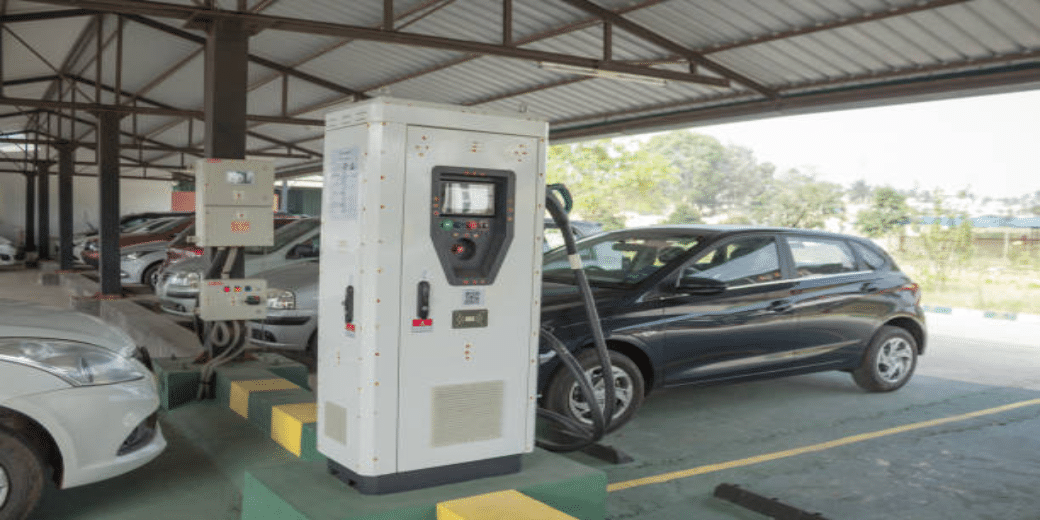EV charging ports available at 15,000 petrol pumps; rise more than 100% in 12 months
The drive for proliferation of charging ports has gathered momentum and the number of pumps offering EV charging facilities has grown by more than 10% from 6,700 in March 2023

India is lagging behind in electric vehicle (EV) adoption and to remove one of the roadblocks, oil marketing companies are offering charging facilities at more than 15,000 petrol pumps across the country, The Economic Times has reported.
The drive for proliferation of charging ports has gathered momentum and the number of pumps offering EV charging facilities has grown by more than 10% from 6,700 in March 2023. Data from the petroleum and natural gas ministry show that the rise in charging facilities at petrol pumps is mainly attributable to efforts of PSU OMCs such as Indian Oil, Hindustan Petroleum and Bharat Petroleum, with these three firms owning about 95% of all the pumps featuring EV charger.
The rest 5% EV charger equipped pumps belong to private players such as Nayara Energy.
Despite the impressive rise in the number, only 17% of the country’s 89,000 petrol pumps offer EV charging facilities. Of the PSU OMCs, IOC have the biggest share – as many as 8,760 of its pumps are fitted with EV chargers. That translates into more than 27% of its 32,000 pumps. HPCL and BPCL have 3,050 and 2,640 pumps respectively that are equipped with EV chargers.
IOC, HPCL and BPCL are working to implement a plan to set up charging facilities at 22,000 pumps. Numbers suggest they have achieved two-thirds of their target. These stations have a mix of slow and fast chargers.
Last year about 1.53 million EVs were sold in India. This number is about 50% higher than the sales in 2022. Of these numbers, about 860,000 were two-wheelers, 580,000 three-wheelers and 82,000 passenger cars. The number of EV passenger cars sold last year is more than 17,000 short of the 1 lakh target.
Companies have different strategies for installing EV chargers. While some focus on setting them up along highways, some others concentrate on certain regions of heavy use. Some companies have set up battery swapping facilities at many places mainly for two-wheelers and three-wheelers.
However, capacity utilisation of the EV charging stations, which mainly serve two-wheelers, is low, an industry executive told the newspaper. “If you don’t have enough charging facilities, people won’t buy EVs. And if you don’t have enough EVs on the road, charging facilities will have limited utilisation. This is a chicken-and-egg problem. And we are trying to solve the charging problem, which will ultimately help boost EV sales,” said the executive preferring anonymity.
It is to be noted that setting up charging facilities is not easy for OMCs, which are often constrained by delays in obtaining electricity connections from power distribution utilities. Some state distribution companies charge fixed amounts even though power ministry guidelines don’t allow it. This step is detrimental to the economics of EV charging.
The PSU OMCs have also struck agreements with automakers, fleet owners and power companies to build and operate charging infrastructure. Some of the oil companies are also operating charging infrastructure outside their petrol pumps.